
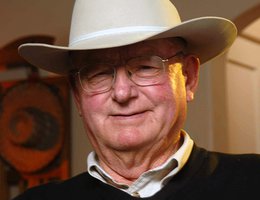
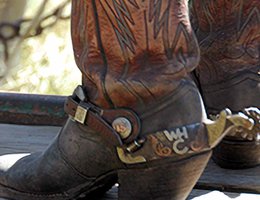
Somewhere about a third of the way across Nebraska’s 430-mile expanse, there is an invisible line. On the eastward side of the line, people involved in cattle wear seed corn caps and boots with rounded toes. On the west, the caps yield to cowboy hats and the toes of the boots sharpen and the heels rise.
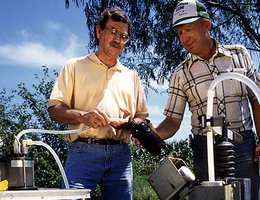
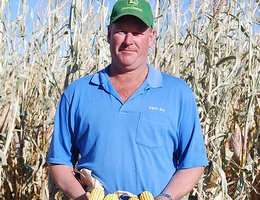
This line is imprecise and curvy. It does not coincide with other invisible lines: the one that divides Central Time from Mountain Time; the line that separates the telephone area codes 308 from 402; or even the 100th Meridian, the line of longitude that marks the moist east (with 20 inches of rain) from the arid west, where the rain diminishes.
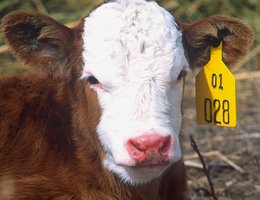
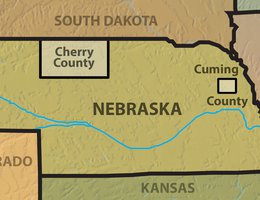
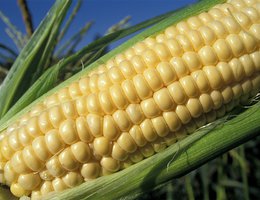
History suggests the origins of this division. The western part of the state was born of people traveling from south to north, equestrian herders called cowboys. Those people to the east were principally people who journeyed from east to west, and whose heritage was that of farmer. There is also an occupational division. In the west on Nebraska’s vast grasslands, places like Cherry County, cattle are bred and raised, and toward the east, Cuming County for example, farmers raise abundant corn crops and feed cattle.
Select the magnifying glassfor an extreme close-up.
This line, of course, is porous. There are cowboys in the east and farmers in the west. But the cultural stamp is still there. Wisner and Valentine, seats of the counties mentioned above, are very different communities.
Omaha developed its own cattle culture around the now-gone stockyards. There, ethnic groups flourished and settled into established communities that endure. It was here that the cowboys and cattle feeders of rural Nebraska intersected with the buyers, sellers, and packers of the city. South Omaha was both urban and rural.
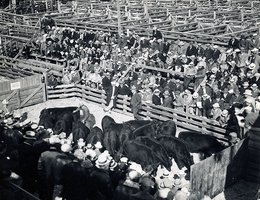
Select the magnifying glassfor an extreme close-up.
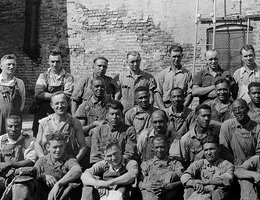
When the stockyards and packing houses in Omaha closed, replaced by rural packing houses, another cultural transformation emerged. In towns like Madison and Schuyler and Lexington, a new migration from south to north created a new cattle culture, one that spoke Spanish.
It is no surprise then to find that Nebraska was shaped, culturally, by its largest industry, cattle. Though never intended to define the state culturally, Nebraska truly is The Beef State.
Watch these videos to get some glimpses of cowboy culture in Nebraska.